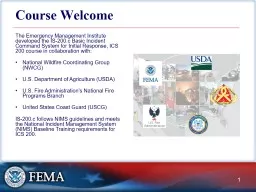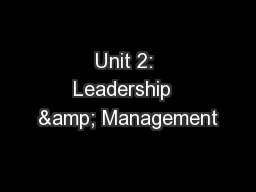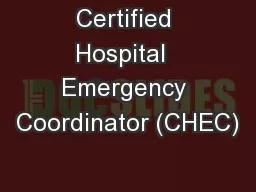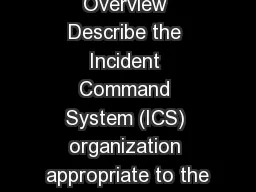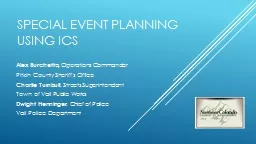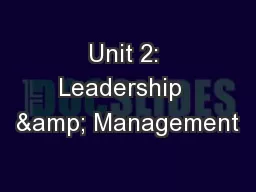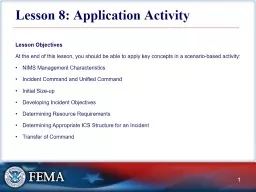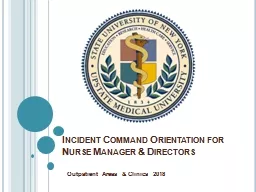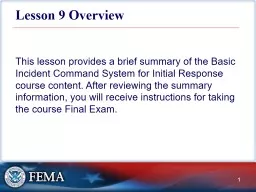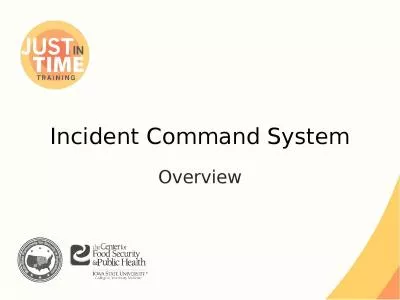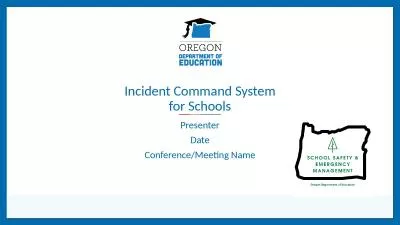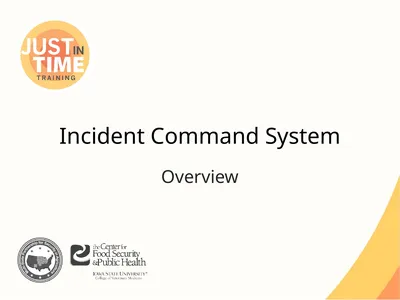PPT-Course Welcome The Emergency Management Institute developed the IS-200.c Basic Incident
Author : myesha-ticknor | Published Date : 2019-12-11
Course Welcome The Emergency Management Institute developed the IS200c Basic Incident Command System for Initial Response ICS 200 course in collaboration with National
Presentation Embed Code
Download Presentation
Download Presentation The PPT/PDF document "Course Welcome The Emergency Management ..." is the property of its rightful owner. Permission is granted to download and print the materials on this website for personal, non-commercial use only, and to display it on your personal computer provided you do not modify the materials and that you retain all copyright notices contained in the materials. By downloading content from our website, you accept the terms of this agreement.
Course Welcome The Emergency Management Institute developed the IS-200.c Basic Incident: Transcript
Download Rules Of Document
"Course Welcome The Emergency Management Institute developed the IS-200.c Basic Incident"The content belongs to its owner. You may download and print it for personal use, without modification, and keep all copyright notices. By downloading, you agree to these terms.
Related Documents

